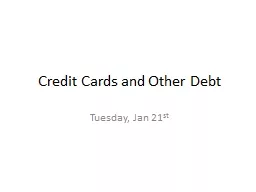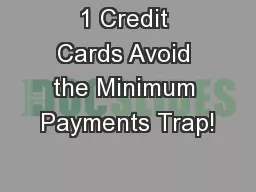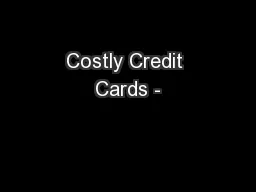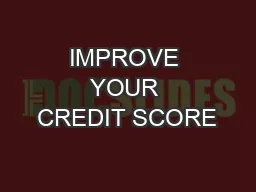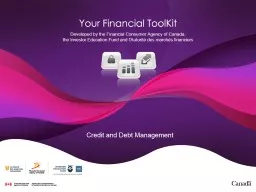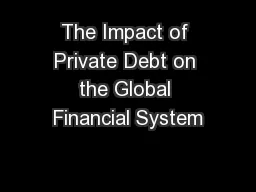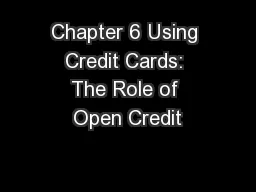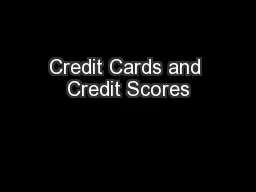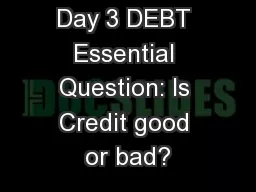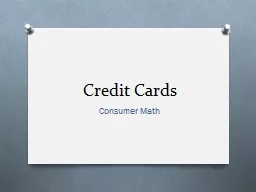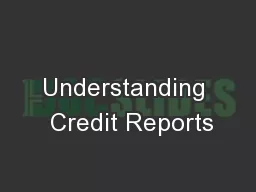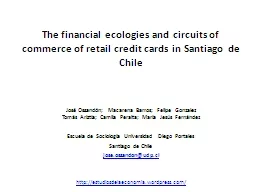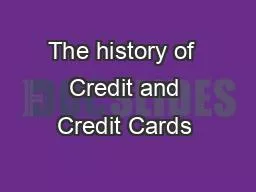PPT-Credit Cards and Other Debt
Author : jane-oiler | Published Date : 2015-10-07
Tuesday Jan 21 st Class Overview Intro to Credit Story Credit Card Debt Consumer Credit Dangerous Debt Practices Credit Card Debt Credit has become an essential
Presentation Embed Code
Download Presentation
Download Presentation The PPT/PDF document "Credit Cards and Other Debt" is the property of its rightful owner. Permission is granted to download and print the materials on this website for personal, non-commercial use only, and to display it on your personal computer provided you do not modify the materials and that you retain all copyright notices contained in the materials. By downloading content from our website, you accept the terms of this agreement.
Credit Cards and Other Debt: Transcript
Download Rules Of Document
"Credit Cards and Other Debt"The content belongs to its owner. You may download and print it for personal use, without modification, and keep all copyright notices. By downloading, you agree to these terms.
Related Documents

